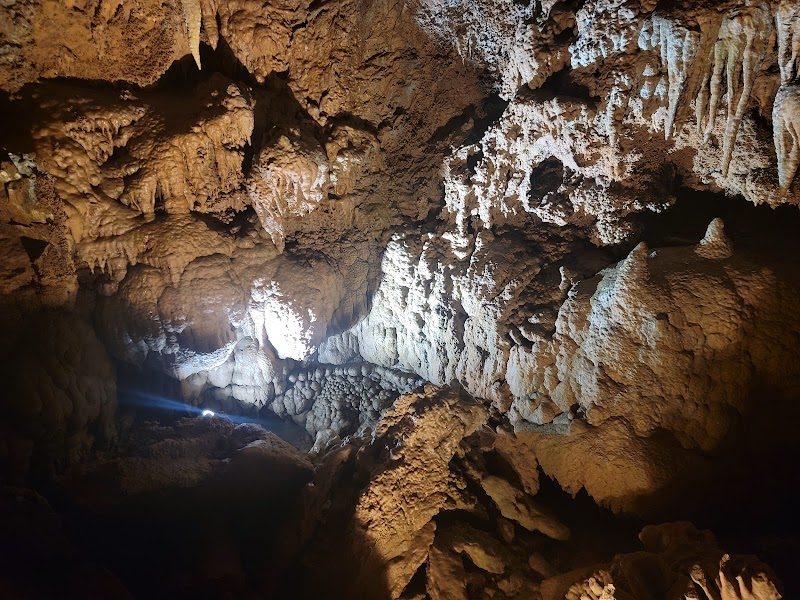
wildlife tours near Redding, California
Discover how Redding, California, serves as an excellent base for exploring vibrant Northern California wildlife through self-guided tours and nearby natural reserves. This guide offers practical advice to plan your adventure and highlights local hotspots where the wild comes alive.
Start Early for Wildlife Activity
Morning and late afternoon are peak times for wildlife. Plan your hikes or river excursions during these periods for the best chance to observe animals when they are most active.
Footwear Matters
Choose sturdy hiking boots or trail shoes to handle varied terrain—riverbanks, forest floors, and rocky trails—comfortably and safely.
Bring Binoculars and Field Guides
Binoculars expand your sight range without disturbing wildlife, while field guides help identify birds, mammals, and plants you encounter on your tour.
Hydrate and Protect from Sun
Northern California sun can be intense—carry water and wear sunblock, hats, and breathable layers to stay cool and safe during your wildlife exploration.
wildlife tours near Redding, California
Explore Wildlife Tours Near Redding, California
Redding, California, offers an exceptional gateway for wildlife enthusiasts eager to experience the vibrant ecosystems of Northern California. While Redding itself doesn’t host formal wildlife tours, the surrounding natural landscapes pulse with life, making it an ideal base to explore via hikes, river excursions, and day trips focused on observing native wildlife in their natural habitats.
The region’s rivers and forests challenge you to engage with nature up close. The Sacramento River dares you to spot great blue herons and Osprey fishing in its currents, while nearby Turtle Bay Exploration Park's Arboretum serves as a practical launching point for self-guided explorations. The Shasta-Trinity National Forest, just a short drive away, offers sweeping views, rugged terrain, and the chance to encounter black bears, deer, and diverse bird species.
To plan your adventure, prepare for variable terrain: expect forested trails, riverbank strolls, and occasional elevation shifts — all manageable with sturdy footwear and a keen eye. Timing your outing around dawn or dusk enhances wildlife viewing opportunities, as animals are most active. Days in spring and fall bring moderate temperatures and increased animal activity, reducing heat stress and providing vibrant natural colors.
Although guided wildlife tours are sparse in Redding, pairing your visit with the best outdoor adventures in the area will enrich the experience. Check out our curated list of top activities around Redding, from river rafting that immerses you in the watery ecosystems to forest hikes where quiet observation can reveal shy mammals and colorful birds.
For those serious about wildlife watching, gear up with binoculars, layered clothing for shifting weather, and a field guide to local flora and fauna. Hydration and sun protection remain essential, especially in summer’s dry, intense sun.
By choosing Redding as your base, you embrace a practical approach to wildlife tours—one where adventure meets authentic observation. Explore the surrounding wilderness, respect the fierce independence of the landscape and its creatures, and return with memories grounded in real encounters with California’s wild heart.
For more detailed adventure ideas and logistical advice, see our full list of the best adventures in Redding, California below. They’re your first step into the untamed wonders just beyond the city limits.
Nearby Trips
All Adventures
Boat Charters
Water Activities
Adventures near Redding, California
Discover the unique and memorable adventures that make Redding, California special.
Frequently Asked Questions
Are there guided wildlife tours directly in Redding?
Currently, there is a limited offering of formal guided wildlife tours in Redding itself, but many self-guided opportunities and nearby national forest excursions enable excellent wildlife observation.
What wildlife am I most likely to see near Redding?
Common sightings include great blue herons, osprey, river otters, black-tailed deer, and occasionally black bears in more remote forested areas.
What time of day is best for wildlife watching near Redding?
Early morning and late afternoon are optimal, as wildlife is most active during cooler, quieter hours.
Are there any safety concerns during wildlife tours here?
Wildlife respects quiet and distance; keep a safe space, carry bear spray when venturing into forested areas, and stay on marked trails to avoid disturbing habitats.
Can I bring children on these wildlife tours?
Yes, with appropriate supervision and preparation. Choose easier trails and keep children engaged with wildlife spotting activities and safety rules.
Do I need any special permits to explore natural areas around Redding?
Most public lands like Turtle Bay Arboretum and Shasta-Trinity National Forest do not require permits for day use, but certain areas or activities might, so it’s best to check local regulations before visiting.
Recommended Gear
Hiking Boots
Provide stability and comfort on varied terrain including trails, riverbanks, and rocky outcrops.
Binoculars
Essential for observing distant wildlife without intrusion.
Layered Clothing
Allows you to adjust to changing temperatures from cool mornings to warm afternoons.
Water Bottle
Critical for staying hydrated during warm and dry periods.
Local Insights
Hidden Gems
- "The Sundial Bridge's unique vantage provides close views of river birds and fish leaping upstream."
- "Whiskeytown National Recreation Area offers quiet coves favored by otters and bald eagles."
Wildlife
- "Great blue herons stand tall and patient along river edges."
- "Black-tailed deer move silently through the thick underbrush at dusk."
History
"Redding’s location on historic trade and migration routes has shaped local indigenous connections to the land, with preservation efforts protecting key habitats."
